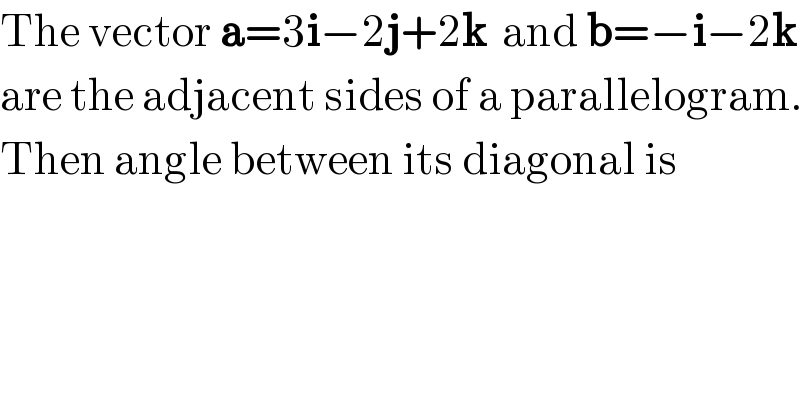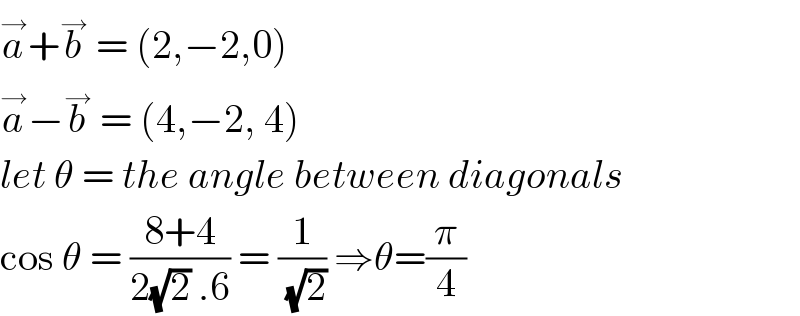
Question and Answers Forum
Question Number 91496 by Zainal Arifin last updated on 01/May/20

Commented by jagoll last updated on 01/May/20

| ||
Question and Answers Forum | ||
Question Number 91496 by Zainal Arifin last updated on 01/May/20 | ||
 | ||
Commented by jagoll last updated on 01/May/20 | ||
 | ||